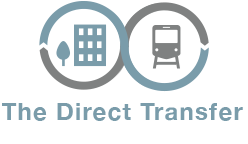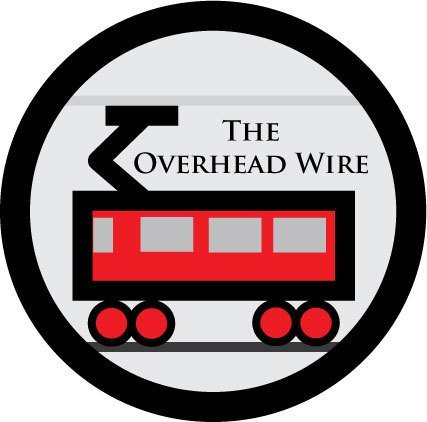
Each day for The Overhead Wire I put together a list of the articles I think are most interesting about transportation and urban planning in cities. It usually takes me about six hours to put these together, first searching for articles through methods I’ve developed over the last ten years, sorting them based on topics, then sending them to an intern who tags each piece in our database with topic and place tags.
This process takes a lot of time and effort and up until now readers have been able to get access through The Overhead Wire website and the RSS feed for free. But ultimately that isn’t sustainable going forward for website or me personally.
The subscription model has been great thus far for the email service but in order to build towards a longer term goal of more original deep reporting and multimedia such as videos and podcasts the subscriber base needs to grow.
It’s for these reasons that I’ll be doing two things; putting up a paywall on the site for the news collection and archive search function and changing the name of the newsletter and site to The Overhead Wire. Original blog posts will remain available on the site.

The Blogger site where The Overhead Wire originated will be an archive of past posts and the new site will be the new place for news and analysis in addition to collected articles. Even long time readers and supporters have been confused about the difference between The Overhead Wire and The Overhead Wire so I’m consolidating to The Overhead Wire alone.
I’m making this decision to support the long term sustainability of this work. And that’s where I need your help.
In order to continue sharing the amazing things that are going on in cities around the world and create a better searchable link database while moving towards hiring writers to cover original topics, I’d love for you all who have been reading The Overhead Wire site and the RSS feed to sign up. By subscribing you’ll have access to the articles on the website, the archive of tagged items now numbering over 38,000, and the new RSS feed.
You also deserve the same 20% discount I’ve extended to all long term readers who have been with me since the start.
Thank you all for being such loyal friends and readers. Together I hope we can build something amazing and that you’ll play an integral part.
For the discount, use the code “Transition” for the annual or monthly membership.













